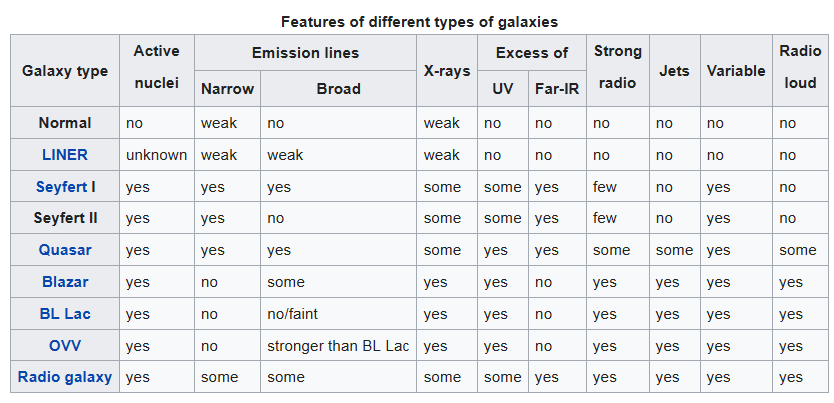Tau.Neutrino said:
Astronomers publish map showing 25,000 supermassive black holes
An international team of astronomers has published a map of the sky showing over 25,000 supermassive black holes. The map, to be published in the journal Astronomy & Astrophysics, is the most detailed celestial map in the field of so-called low radio frequencies. The astronomers, including Leiden astronomers, used 52 stations with LOFAR antennas spread across nine European countries.
more…
25,000 extragalactic radio sources is not a huge number. But it’s a start. 4% of the northern sky.
A notation comment here. We used to call them QSOs, then quasars, then active galactic nuclei (AGN), then galactic black hole, then supermassive black hole. But they’re all the same object, more or less. 750,000 quasars are known.
Because we’re looking in radio frequencies here, we’re looking at galactic jets from these quasars. AGN are split into radio-quiet AGN and radio-loud AGN, more details on https://en.wikipedia.org/wiki/Active_galactic_nucleus You can see from this table how “radio-loud” goes with “jets”.

